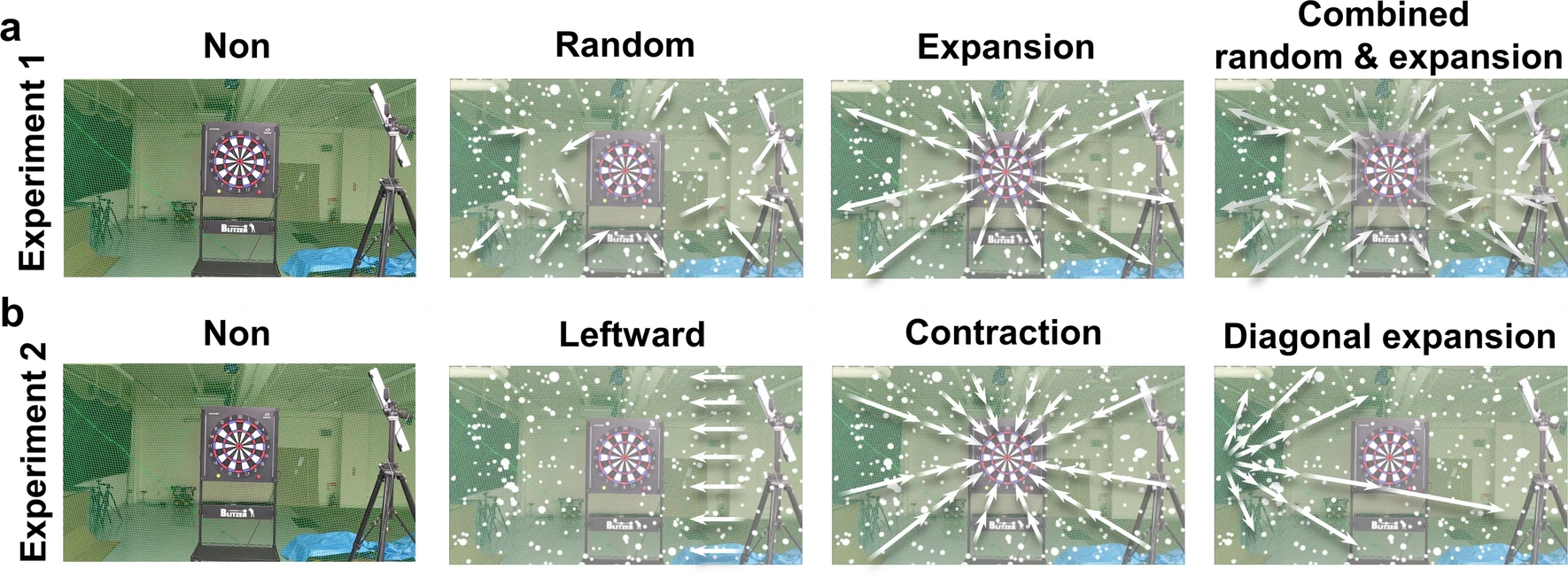Research Roundup (#19)
.png/:/rs=w:1440,h:1440)
Welcome...
Welcome to the nineteenth-ever Research Roundup! A weekly catch-up on the latest developments in the field of XR research.
It’s been a busy week, so let's not hang around.
The Week in 3 (Sentences)
New research on educational applications has again demonstrated mixed outcomes this week, with VR simulators improving dental skills compared to traditional training, while research on VR mathematics tuition identified benefits such as gesture-based reasoning alongside common challenges.
Research on AR motor guidance has found performance improvements with holographic tunnels for upper limb rehabilitation, while six different sphere motion patterns were explored for improving dart throwing.
And finally, mental health interventions revealed both opportunities and challenges, with VR nature exposure significantly reducing anxiety and negative mood in psychiatric inpatients, though a systematic review cautioned that XR may increase existing healthcare disparities.
The Week in 300 (words)
Researchers looking at VR maths tuition took a novel approach this week when they analysed videos of the teaching sessions, in addition to pre- and post- measures. Whilst it is important to learn if participants objectively got better at maths, the analysis also provided insights into behaviour within VR classes. From the thematic analysis they noted that VR affords the use of whole body movements to interact with mathematical shapes, to explore the three-dimensional nature of the objects, engage in mathematical play, and use gestures to enhance reasoning and collaboration. However, they also noted challenges with connection issues, perspective/orientation, and getting distracted and going off-task. The last of which should be highly familiar to anyone who runs a class or meeting in VR!

One opportunity afforded by AR is to distort and change the optic flow in the real world. This was put to good effect this week whilst looking at improving motor skills. Researchers added ‘motion spheres’ that moved in a variety of different ways whilst participants played darts using a Hololens 2 (R.I.P). It was found that radial expansion and lateral motions influenced directional biases, whilst radial contraction reduced lateral variance: changing the perceived flow was able to change motor performance. Whilst darts is an interesting test case it does make you wonder whether future generations of eyewear could fundamentally change the nature of sports.
And finally, we love a bit of Nature Treks routinely using it to demonstrate VR pain management (it literally always works). It was therefore great to see it being used with psychiatric inpatients to help reduce their substance abuse. Researchers in Barcelona noted that the psychiatric inpatient experience is characterised by a sense of confinement and disconnect from the outside world. They noted that this can make cravings and withdrawal worse when tackling substance abuse. They therefore piloted a single-session VR based intervention, using Nature Treks, as participants spent 10 minutes in the virtual “Green Meadows”. Pre- and post- measures showed reduced anxiety, higher positive emotions, and reduced negative emotions. With no control group it’s unclear if any VR experience would have had the same effect, but it is food for thought nonetheless.
Paper of the Week
The paper of the week this week returns to a topic close to our hearts, that of presence and specifically social presence. As the use of Social VR grows, ever so slowly, it is important to better understand what factors influence the sense of being with others in VR.
Previous research has traditionally considered spatial presence (the sense of being there) and body ownership to be particularly important. Perceived warmth and competence of the others in the simulation have also been demonstrated to have relationships.
However, research from Switzerland this week noted that these relationships are largely documented with interactions with artificial agents rather than real people. They therefore assessed the relative importance of these variables when it came to interacting with an actual other person, in both anonymised and non-anonymised contexts.
128 participants interacted in pairs in a VR cafe whilst in different locations, chatting with each other for 30 minutes on a variety of different prompted topics. Self-report measures of social presence and spatial presence were taken afterwards, alongside judgements of warmth and competence of their conversation partner.
Regression analyses indicated that ratings of social presence could be predicted by ratings of spatial presence and interpersonal warmth, without the need for competence or body ownership. This was true in both the anonymised and non-anonymised forms of the interactions.
While these are just relationships, and not necessarily causal, it is refreshing to see research on social presence making use of actual others to confirm, and challenge, what has thus far been established in more controlled conditions. Thankfully my utter incompetence in virtual conversations may not mess up the experience for the people I’m chatting to. Well…not too much.